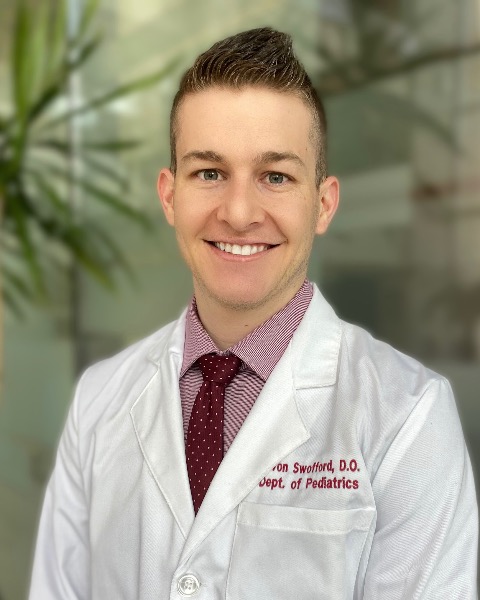Neonatology
Session: Neonatal-Perinatal Health Care Delivery: Practices and Procedures 1
447 - The Use of 3D Printing to Create Neonatal Vascular Access Ultrasound Models
Monday, May 6, 2024
9:30 AM - 11:30 AM ET
Poster Number: 447
Publication Number: 447.2736
Publication Number: 447.2736

Devon Swofford, DO (he/him/his)
Neonatal Clinical Fellow
Washington University in St. Louis School of Medicine
Webster Groves, Missouri, United States
Presenting Author(s)
Background: Vascular access, especially arterial access, can be essential to the care of neonates. However, it can be a very challenging skill to master for neonatology providers. Ultrasound-guided vascular access is beginning to show many benefits, including better identification of anatomy and improved first-attempt success. Hands-on practice is paramount to developing ultrasound-guided procedural skills. However, there are very few neonatal training models that truly replicate the very small anatomy of neonates. Often, these models are quite expensive and have a limited-use lifespan.
Objective: This project aims to use 3D printing to create size-accurate, low-cost models of neonatal vasculature to allow neonatal providers to develop precise ultrasound-guided vascular access procedural skills.
Design/Methods: Measurements were performed on the smallest and largest patients in the NICU of St. Louis Children’s Hospital. External measurements of the forearm to the wrist included the length, circumference, and diameter of the forearm, and the wrist circumference and diameter. Ultrasound was used to determine the dimensions and depth of the radial artery. These measurements were used to create 3D models of neonates’ arms with radial artery vasculature. These models were then used to practice the procedural skills of ultrasound-guided vascular access of the radial artery.
Results: Using the arm measurements and computer-assisted design, we were able to create multiple customizable models, varying in size, from a micro preemie, to an 8-month-old infant. The models had a material consistency that replicated the feel and ultrasound echogenicity of human tissue.
Conclusion(s): Ultrasound-guided vascular access is rapidly becoming a vital tool in the NICU. However, it is a challenging skillset to learn and in which to become proficient. The use of 3D printing to create low cost, anatomically correct, neonatal vasculature models allows more NICU providers to practice and master this skillset which can be used to improve the care of neonates.
